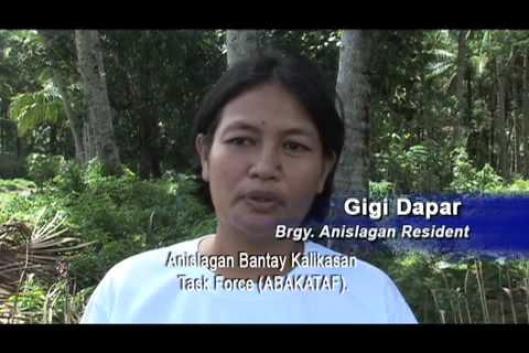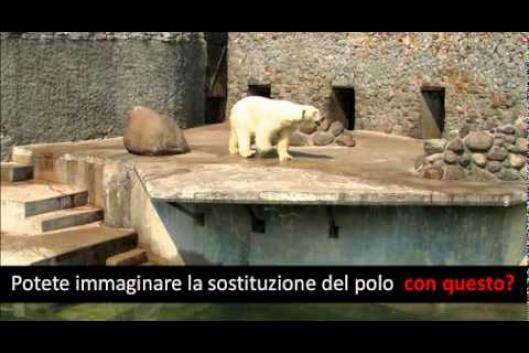One of the natural resource extraction activities that generates the most negative impacts, while also generating the most profits, is mining. Perhaps this is why the big global mining companies are now competing not only over mineral reserves but also to portray themselves most convincingly to the public as prime examples of “sustainability”.
Issue 167 – June 2011
OUR VIEWPOINT
MINING: IMPACTS AND RESISTANCE
-
29 June 2011Faced with rising prices for raw materials and the hoarding of minerals by certain emerging economies, Europe is sharpening its claws. And, as always, it is the countries of the South with large natural reserves of coveted resources that will end up on the losing side, especially their populations. Recently, the giants of the global mining industry gathered at a luxury hotel in Barcelona for a meeting that went largely unnoticed, as did the mysterious conclusions reached there by Barrick Gold, Rio Tinto, Goldcorp, BHP Billington and others among the 150 transnational mining companies that control practically all global mineral production.
-
29 June 2011That mining can pose a threat to the integrity of forests is obvious. Clearance of surface vegetation and soils to gain access to sub-surface minerals has evident and often long-lasting impacts. Surface scarring by mines themselves, with associated erosion and siltation, is exacerbated by spoil heaps, tailings dams, associated mining works, disrupted water tables, and local chemical changes, including acid mining drainage and the release of heavy metals and the consequent pollution of soils and waterways. Mining operations use, and too often pollute, vast quantities of water.
-
5 June 2011Government authorities in Guatemala continue to promote metal mining, despite the widespread opposition of local communities and indigenous peoples. Consultations carried out among local populations have clearly demonstrated that they are completely against the further development of mining activities. For years, metal mining projects have been planned and carried out in the country’s mountainous areas. What came as a surprise was the news two years ago that four reconnaissance and exploration permits had been requested for the potential exploitation of iron and other metals on the country’s southern coast.
-
5 June 2011There are around 110 ethno-linguistic groups in the Philippines and they constitute almost 15% of our population. Most of them live in mountain ranges and coastal areas. (1) Nine million or roughly 30% of our total land area is mineralized including some of the mountains inhabited by those groups. Meanwhile, the mining industry only contributes an annual average of a mere 1.2% of the Philippine Gross Domestic Products (GDP) while a long list of externalities, including depleted resources, damage to environment and natural habitats, pollution, health impacts and socio-economic costs, pass on communities.(2)
-
5 June 2011A new report released by the United Nations Environment Programme (UNEP), titled “Decoupling natural resource use and environmental impacts from economic growth” (1), reveals some alarming figures with regard to global consumption of natural resources. If the industrialized countries of the Northern hemisphere maintain current patterns of consumption, and the so-called “emerging” economies of the South continue the current trend of an accelerated increase in consumption, UNEP predicts that by the year 2050, the global consumption of minerals, ores, fossil fuels and biomass will reach 140 billion tons annually, an amount three times greater than today.
-
5 June 2011In 2009, Rio Tinto, one of the world biggest mining companies, explained how it hoped that it could use REDD, “as an economic tool to offset Rio Tinto’s carbon footprint and to conserve biodiversity”. That, in a nutshell, explains the mining industry’s interest in REDD. Companies hope to continue mining, while investing comparatively small amounts of money in REDD credits to “offset” the destruction. A look at the involvement of the mining industry in REDD in Indonesia illustrates how the industry is hoping that REDD will allow business as usual to continue.
-
5 June 2011The price of gold is rising for the tenth consecutive year. As a result, more and more investors, financial market operators and central banks are turning to gold as a safe haven in the face of global economic instability. This has troubling consequences, because gold mining is one of the most destructive and polluting of all mining activities. Mining companies have set their sights on Latin America, and a genuine gold rush has broken out in Colombia. In response, popular opposition to mining activity, in defence of life, water resources, the environment and local cultures, is growing stronger by the day.
-
5 June 2011The Palawan Province has the best-conserved and most ecologically diverse forest in the Philippines inhabited by vulnerable indigenous communities, some of them living in partial isolation. But the region is being threatened by mining companies such as MacroAsia, Ipilan Nickel Mining Corporation and LEBACH which have entered protected zones and indigenous land to excavate test-pits and make deep drilling-holes in search for nikel. Also Rio Tuba Nickel Mining Corporation (RTNMC) has built roads undermining the integrity of the Bulanjao range, one of the most precious biodiversity hotspots in southern Palawan. Citinickel, Berong Nickel and other mining companies partnering with the Canadian MBMI group also pose a threat to Palawan forest (see WRM Bulletin Nº 165).
-
5 June 2011The natural and environmental resources of Africa like land, minerals, gas, oil, timber, territorial waters among others have been the object of the persistent scramble for the continent. Natural resources are often at the heart of the scramble for Africa. Behind the political and military interventions by Coalitions of Western powers outside or under the auspices of the United Nations in countries such as Somalia, Sudan, The Democratic Republic of Congo, The Comoros, Chad, Uganda, Zimbabwe, Central African Republic, Liberia, and of late Libya and Ivory Coast is the issue of access to and redistribution of the resources of Africa.
-
5 June 2011In a state such as Orissa in which Dalit and tribal groups comprise nearly 40% of the total population, the issue of ‘access’ to land and resources (forests, water, etc.) has been central to all conflicts. For traditional communities, ‘access’ is directly linked to civilizational paradigms and cultural ethos, which rather decide their ‘economics’, and not the other way round that may be true for modern, techno-centric civilizations. So, in traditional milieus, denial of ‘access’ to resources directly impacts ‘food security’. Most mainstream discourses of history have, however, tried to locate the crisis – the visibly ever-growing marginalization of adivasis and Dalits – in the ‘absence of state interventions’.
DEFINING FORESTS
-
5 June 2011We are pleased to announce that we have received a number of translations of the short video we produced to graphically illustrate the mistaken view behind FAO’s definition of forests.
CARBON TRADING
-
5 June 2011The Forest Stewardship Council (FSC) was established in 1993 to certify “socially beneficial, economically viable and environmentally appropriate” management of forests. In 1996, the FSC approved the possibility of certification for monoculture tree plantations, a decision that has been the target of harsh and growing criticism, as millions of hectares of plantations have been granted the FSC label (see the editorial in WRM Bulletin 163). Subsequently, the FSC decided to align itself with the “carbon market”, certifying areas of forest and/or plantations used for the sale of so-called carbon offset credits, calculated in accordance with the amount of carbon supposedly stored by the trees.
-
5 June 2011The UN climate talks concluded their second session of 2011 in Bonn in June without addressing the key issue of reducing climate pollution and without discussing how emissions of gases that are the main cause of climate change are going to be cut further, who is going to do it or who is going to pay for it. Climate justice groups have expressed their increasing concern at the failure by rich industrialised countries to take real action to tackle climate change as:


